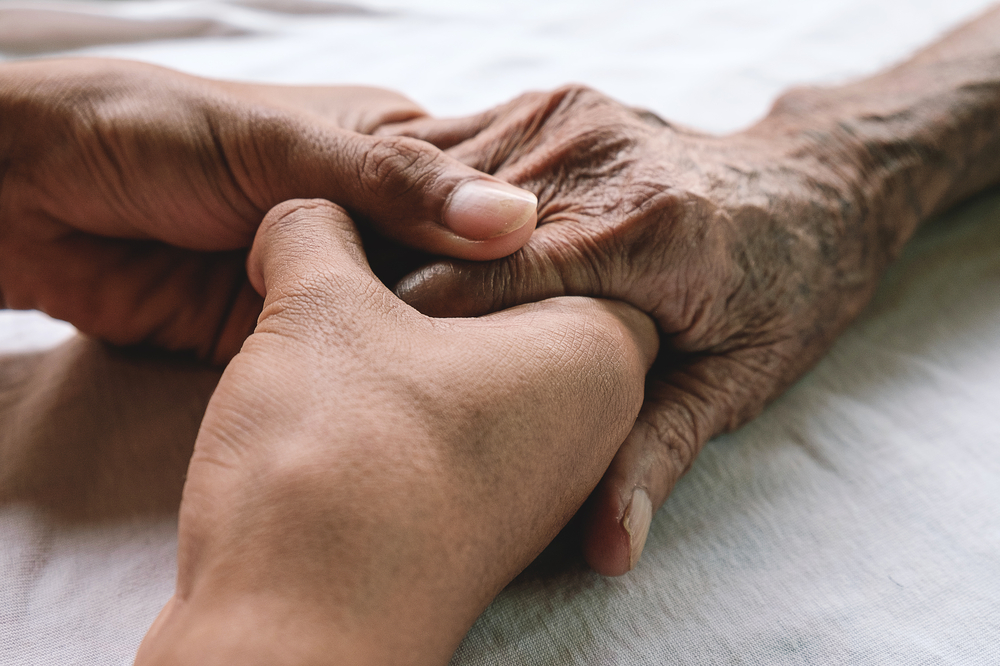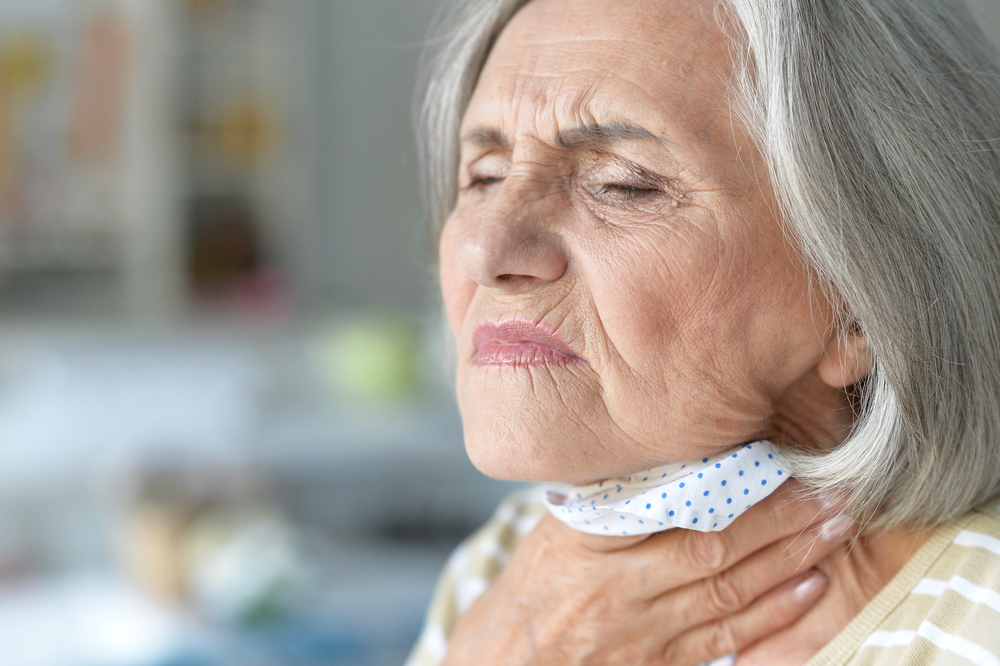Edema in Elderly Adults: Swollen Legs, Ankles, and Feet
Category:

Swollen body parts may be uncomfortable but with older adults, it can be a sign of edema. This serious condition can occur in any part of your body but usually results in fluid leaking from legs in elderly individuals. Let’s take a closer look at what causes swollen ankles and feet in the elderly, as well as the symptoms, complications, and treatments for edema.
Causes of Edema in Elderly
When taking a look at what causes swollen ankles and feet in the elderly, you can find a wide array of reasons.
Edema in elderly patients can occur as a result of the following:
- Blood clots
- Physical inactivity (i.e. sitting or staying in one position for too long)
- Heat and burns
- Surgery
- Hereditary predisposition
- High altitudes
- Unhealthy foods (i.e. excessive salt intake)
- Heart, liver, and kidney disease
Edema in elderly legs can also be a sign of underlying health conditions. These include:
- Tumors
- Menopause
- Low albumin (a protein in the blood that affects how capillaries function)
- Inadequate lymphatic system
- Weakness or damage to veins in your legs
- Cirrhosis
- Congestive heart failure
The following medications can also result in swollen ankles and feet in the elderly:
- Calcium-channel blockers
- Estrogens
- Diabetes medication, called thiazolidinediones
- Steroids
- Nonsteroidal anti-inflammatory drugs
- NSAIDs (ibuprofen, Aspirin, Naproxen, etc.)
- High blood pressure medication
- Prescriptions for Alzheimer’s and Parkinson’s, including memantine and pramipexole, respectively
Download a Free Guide to Home Care
Symptoms of Edema in Elderly
The symptoms of edema don’t just include swollen legs in the elderly. They also include:
- Aching body parts
- Swelling or puffy skin
- Stretched, shiny, or discolored skin
- Pitting edema, or when skin maintains a dimple after being pressed for several seconds
- Increased abdominal size and weight changes
- Stiff joints
Complications of Edema
When it comes to edema, swollen legs in the elderly aren’t the only concern. It can also lead to a number of complications, including:
- Painful swelling and stiffness
- Difficulty walking
- Itchy and uncomfortable skin
- Decreased blood circulation
- Decreased elasticity of arteries, joints, muscles, and veins
- Increased risk of infection in the swollen area
- Scarring between tissue layers
- Increased risk for skin ulcers
Edema Treatment for Elderly
Now that we know more about the causes, symptoms, and complications of edema, let’s take a look at how to reduce swollen ankles in elderly and manage other edema symptoms.
Here are a few steps you can take:
Eat a healthy low-sodium diet
Add foods with sources of vitamins, minerals, and antioxidants to your diet. These foods include leafy greens, asparagus, pumpkin, pineapple, green beans, grapes, garlic, beets, and onions. Additionally, opt for sodium-free condiments such as fresh herbs and citrus for flavoring rather than salt.
Decrease fluid intake
You may need water to stay hydrated but with edema, less is more. Speak to your doctor to determine the serving number of liquids you can have each day. One method you can use to measure your restricted diet is to have a container that holds your daily allowance for reference. After eating each meal, pour some water equal to the amount of liquid you consumed into the container. Space these meals apart to prevent yourself from getting thirsty.
Massage/compression therapy
Invest in compression stockings, sleeves, or gloves to prevent fluid buildup in the affected areas. Furthermore, apply pressure on these areas through massage to help circulate excess fluid. Consult your doctor before seeing a licensed medical massage therapist.
Practice good skincare
Keep the affected areas clean and protected with shoes, socks, and other clothing to prevent injuries and infections.
Prop your feet up
Keep feet and arms elevated throughout the day, and while sleeping, to prevent pooling and swelling. You can also purchase pillows, slings, and wedges to support this position comfortably.
Keep moving
Using body parts affected by edema can reduce swelling, eliminate excess fluid, and circulate and strengthen the cardiovascular system. Check with your physician before beginning an exercise regimen or for advice on specific exercises.
Subscribe
Date: August 25, 2020
Category:


